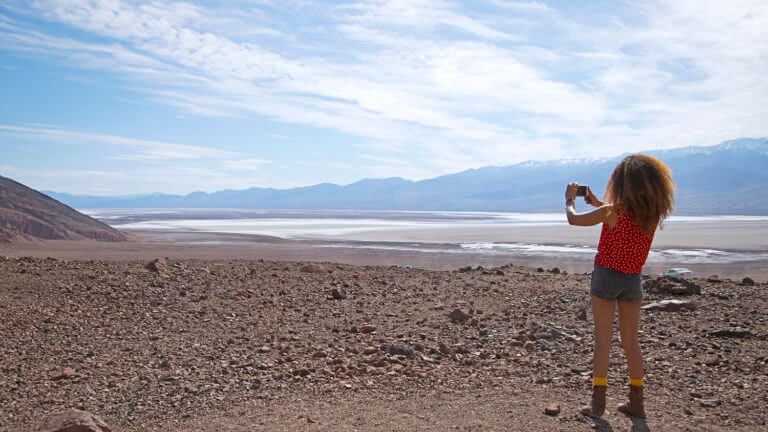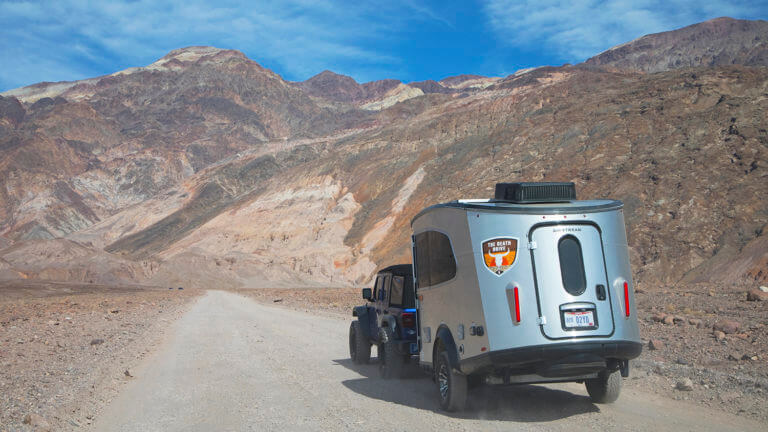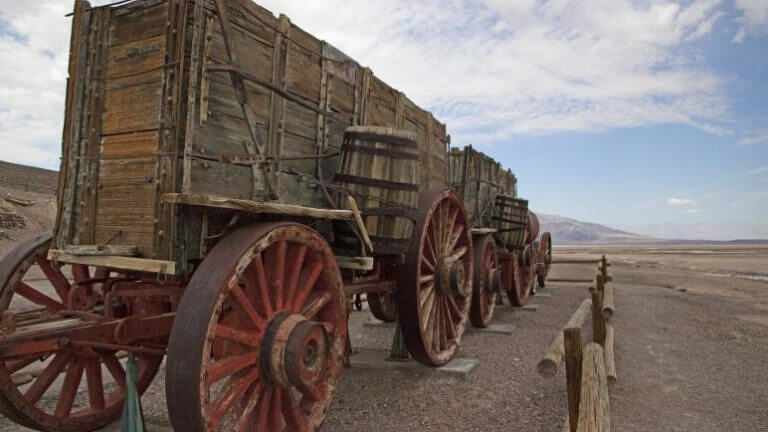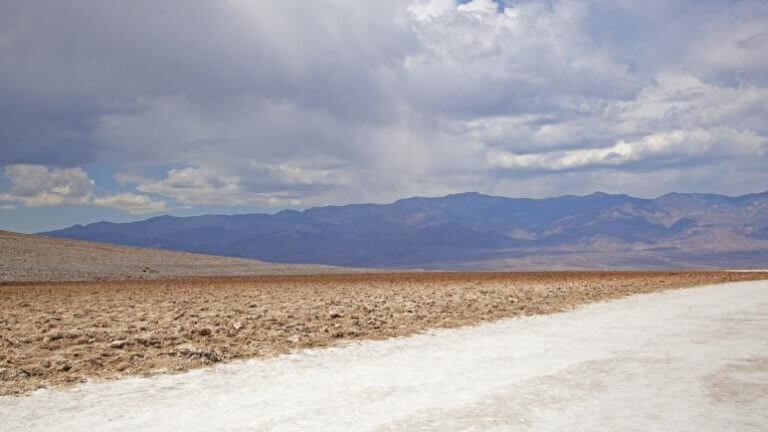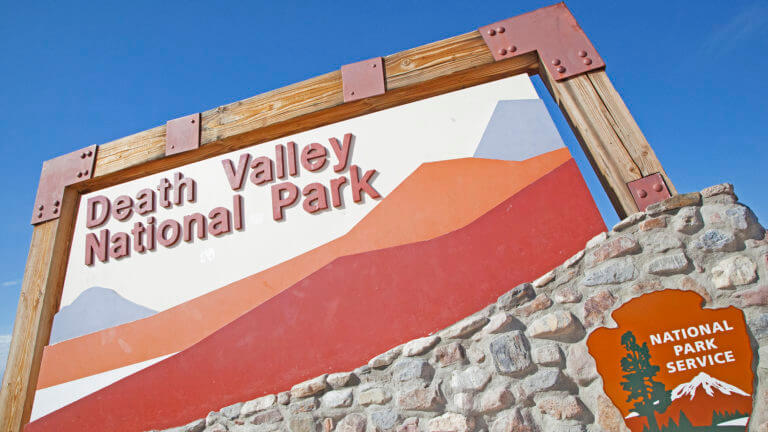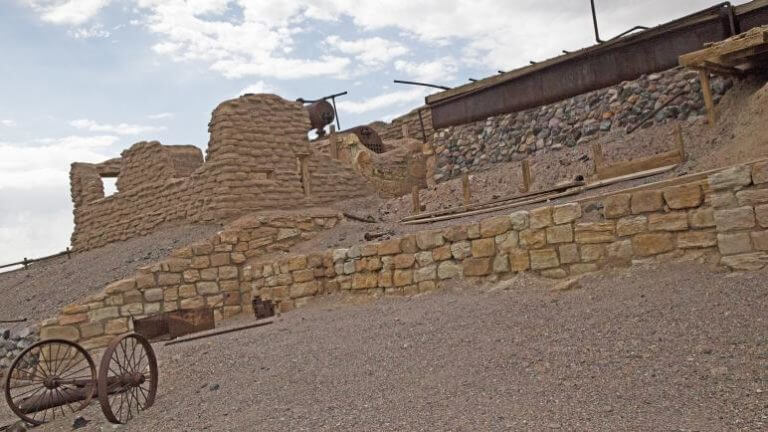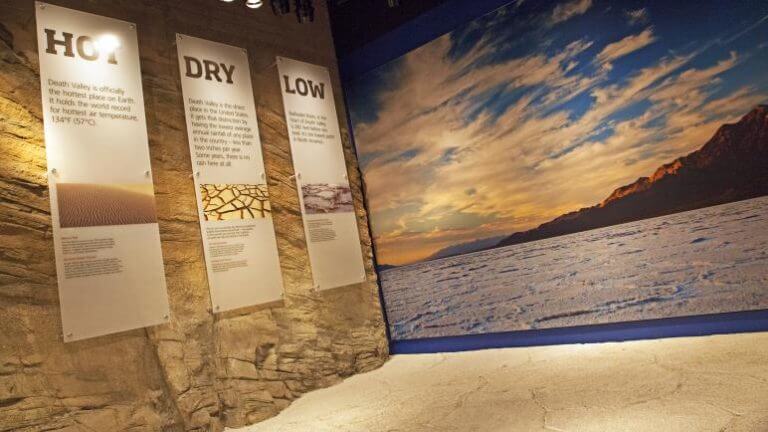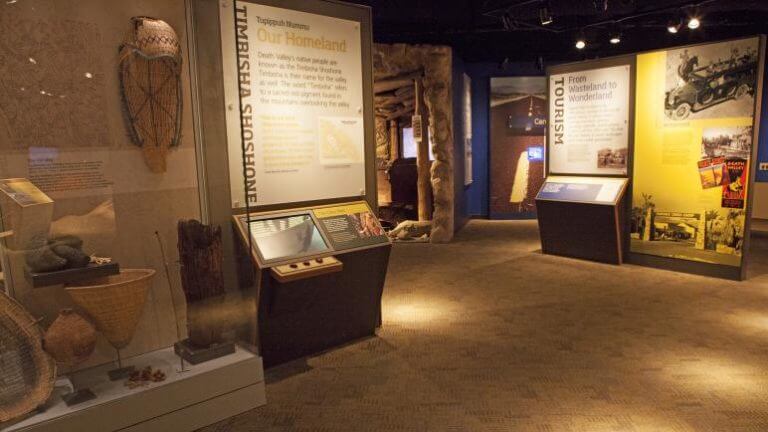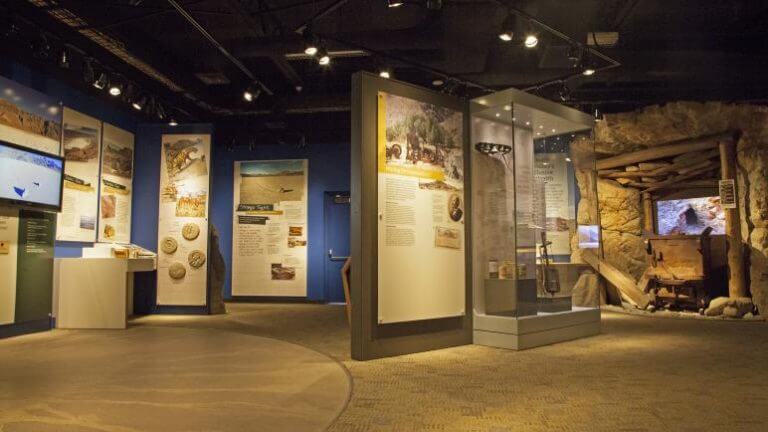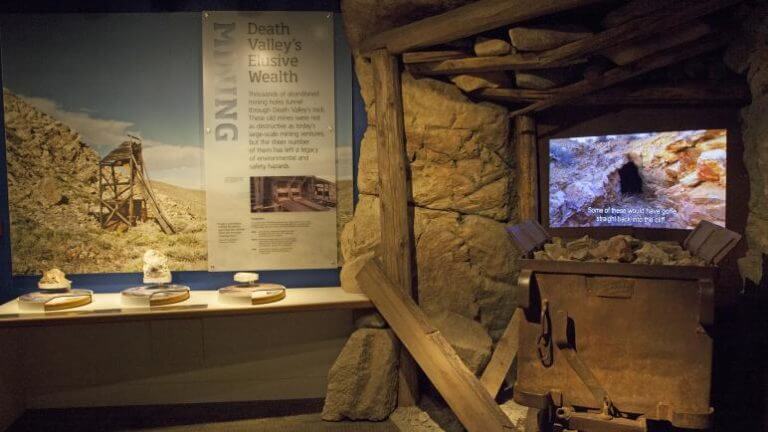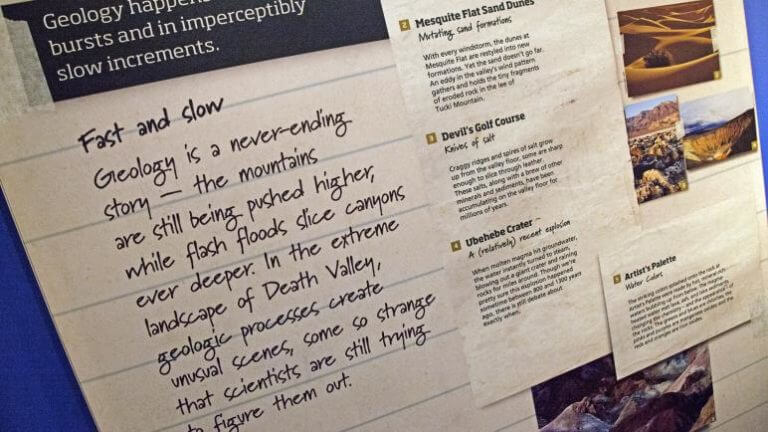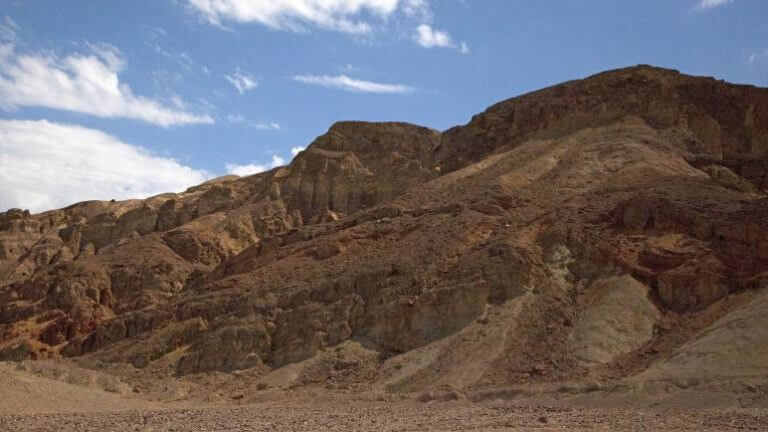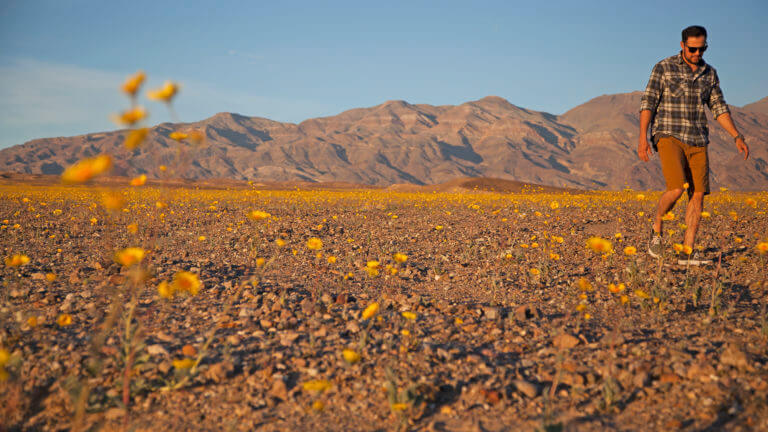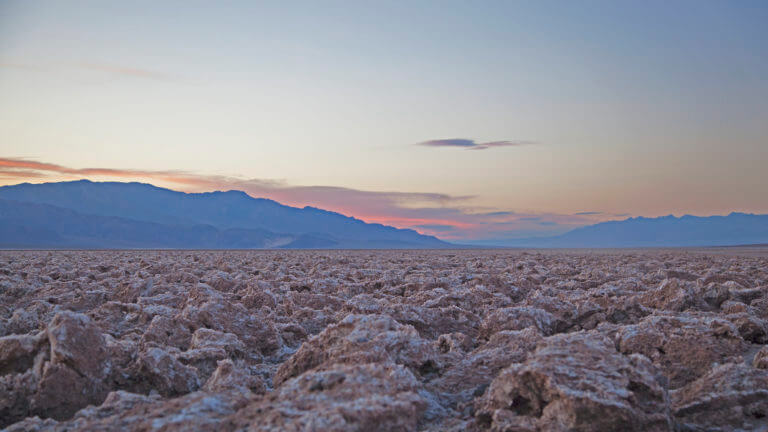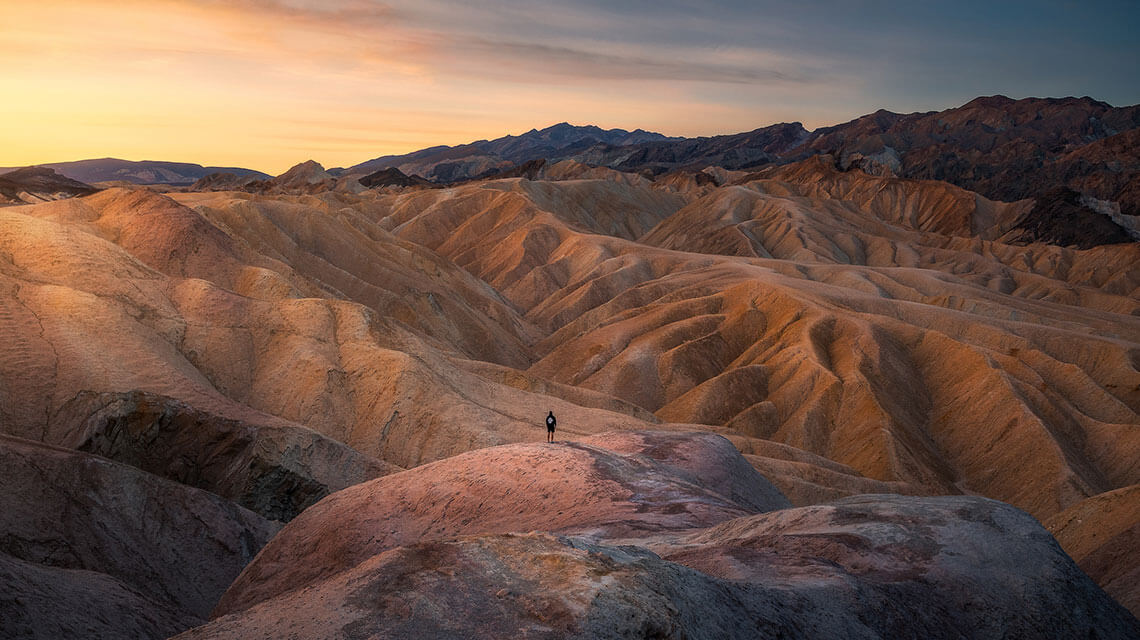
Death Valley National Park
Due to flash flooding damage caused by Hurricane Hilary in 2023, road closures remain at Death Valley National Park—but many popular points of interest and hiking trails are accessible. Before you visit, get the latest updates and reopening projections from Death Valley National Park’s website and Facebook page.
This remarkable and legendary landscape is alive with unmatched beauty characterized with miles and miles of huge sand dunes, technicolor rocks and canyons, rare and endemic wildlife, one-of-a-kind evaporative elements, and jaw-dropping peaks rising 11,000 feet above the valley below. A visit to Death Valley National Park promises a lifetime of unexpected discovery.
Brimming with otherworldly landscapes, incredible geologic and human history, and animals found nowhere else on earth, Death Valley—the lowest, hottest, and driest place in North America—promises a lifetime of discovery.
Visitors to Death Valley National Park will also find a wealth of relics from its long history that offer a glimpse into the harsh life of the area’s early settlers and native inhabitants, including metal ore mines, charcoal kilns, ghost towns, petroglyphs, and ancient Shoshone foot trails. Whether you’re venturing out to Death Valley for historical journeys, unparalleled views, or challenging hikes, you’ll find the adventure of a lifetime.
Where Is Death Valley?
But first, where is Death Valley, anyway? The fascinating desert valley is situated on the eastern border of south-central California, in the northern Mojave Desert, and borders the Great Basin Desert. Death Valley National Park covers 5,270 square miles (3.4 million acres), stretching into Nevada, and is the largest national park in the Lower 48.
Things To Do in Death Valley
From leisurely walks to (seriously) strenuous hikes, and from camping to even playing on the lowest-elevation golf courses on Earth, there are endless ways to enjoy one of the hottest places on Earth. The best way to learn Death Valley’s massive terrain—the largest park in the National Parks system—is by getting your hands on a map, available at Furnace Creek Visitor’s Center. Then chart a course to visit Death Valley National Park’s most famous features.
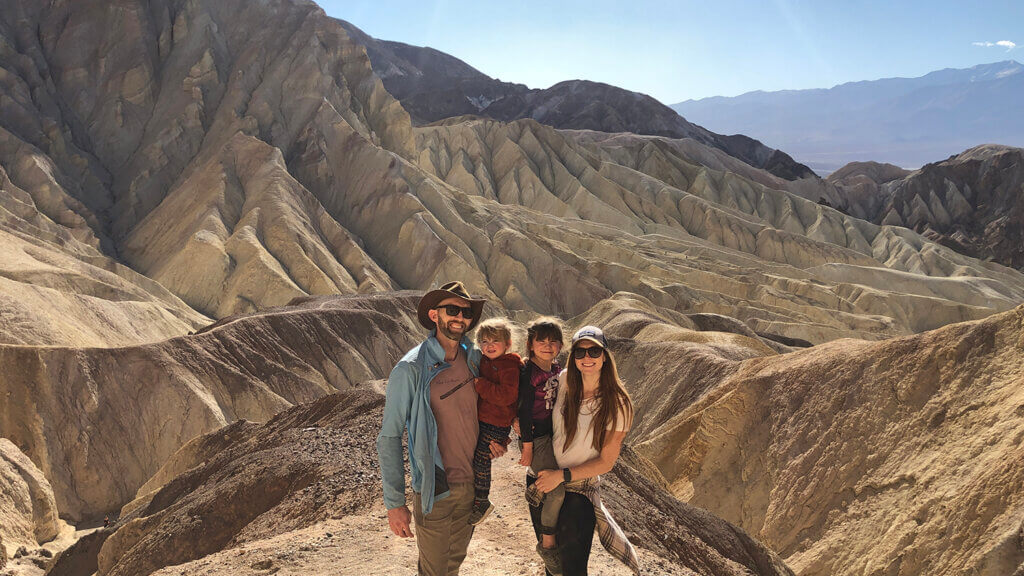
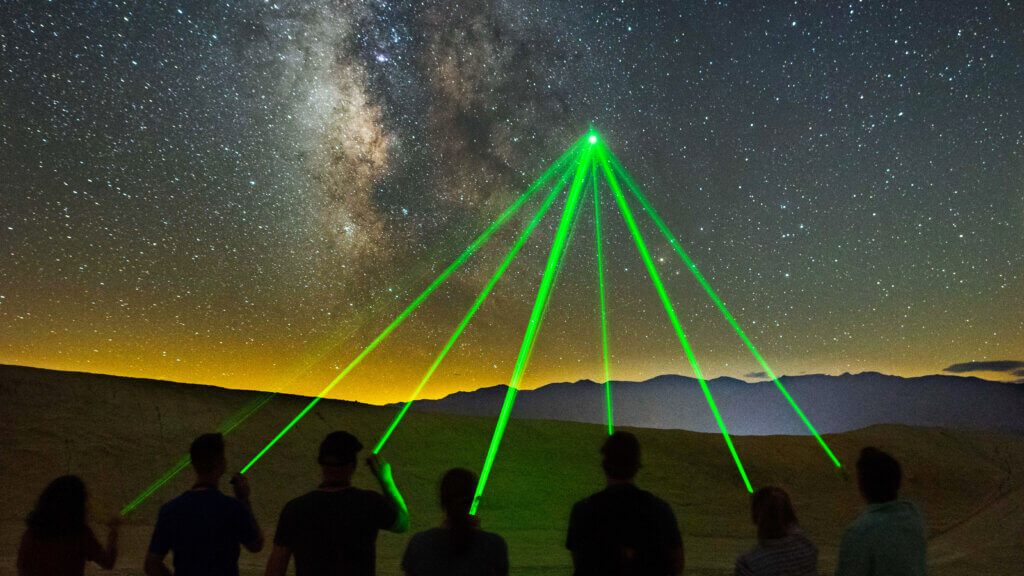
Even if you’re short on time (or heat tolerance), must-stops include:
- The colorful Zabriskie Point overlook
- Searching for droids at Mesquite Flat Sand Dunes and Golden Canyon
- Getting as low as you can go (elevation-wise) at Badwater Basin
Other classic stops include the breathtaking Ubehebe Crater, Mosaic Canyon, Salt Creek, and towering Telescope Peak; as well as the optimistically named Funeral Mountains, Hell’s Gate, Starvation Canyon, Dead Man Pass, and Coffin Peak.
And if you’re looking for world-renowned stargazing, Death Valley National Park is an International Dark Sky Park, meaning that it’s recognized as one of the best spots in the world for spotting constellations—so plan your trip around a new moon, or be sure to get the Death Valley Astronomy Festival on the calendar, which typically happens each February.
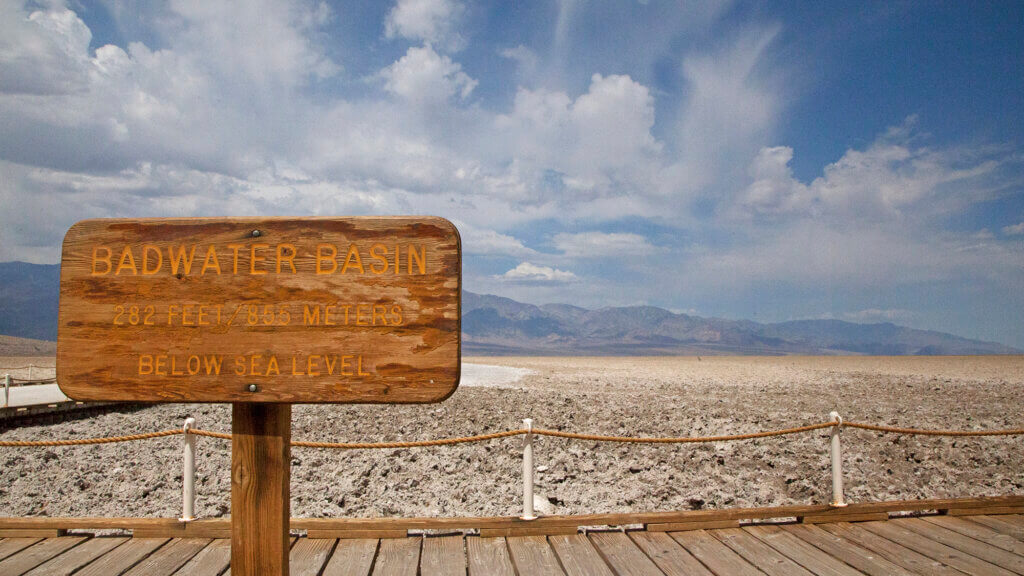
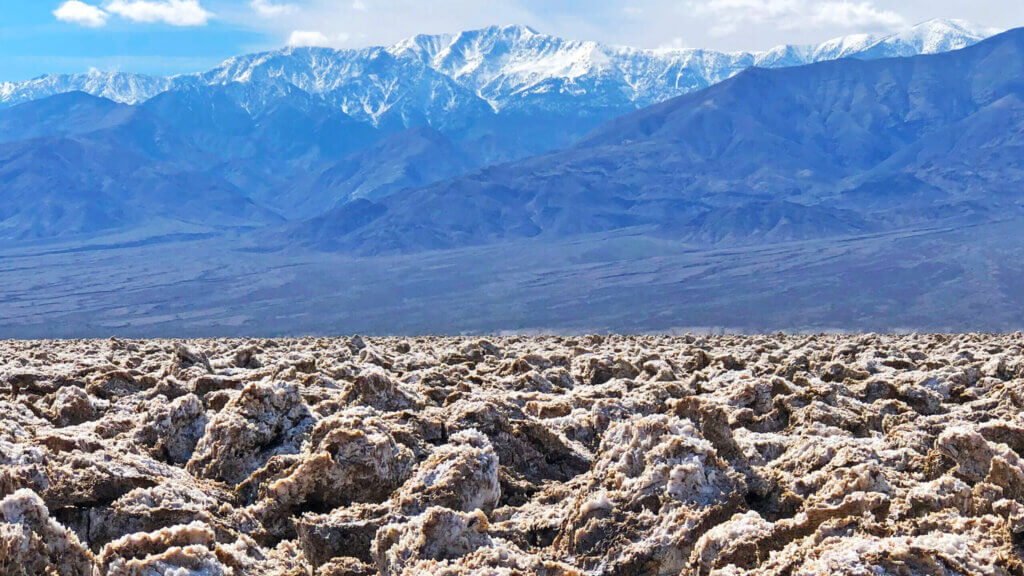
Death Valley Elevation: Badwater Basin to Telescope Peak and Beyond
Death Valley’s fascinating features stretch a baffling 130 miles long by 12 miles wide. What’s even more astounding is the fact that Death Valley covers a staggering 3.4 million acres of rugged, mostly unpopulated terrain that is filled with sweeps of desert broken up by towering mountains and rocky ridges. The elevation to the north end sits at about 3,000 feet and slopes steadily downward, putting the valley floor below sea level for 70 miles. Ultimately, the terrain bottoms out just beyond Artist’s Drive at Badwater Basin—the lowest, hottest and driest point in the Western Hemisphere—sitting at a whopping 282 feet below sea level. This stark depression contributes to the equally extreme temperatures, which can climb to a scorching 130°F during summer days and dip to below 0°F on winter (or even other seasons’) nights. We’re not kidding when we call Death Valley a hotspot—Death Valley holds the record for the hottest air temperature ever recorded in the world, hitting a high of 134°F way back in the summer of 1913.
Explore Death Valley Sand Dunes and Salt Flats
When visiting Death Valley for the first time, it’s easy to expect a sea of sand, right? You’re not wrong—at least about certain places, including one of the most famous sand dunes in the country is found within Death Valley’s borders, Mesquite Flat Sand Dunes. And if you see a shimmer in the distance that you think might be a vast expanse of water in the desert, think again—it might be the 200 square-mile expanse of salt flats that awaits in Badwater Basin. While recreation in Death Valley’s sand dunes and salt flats is allowed, off-road vehicles, sledding, and sand skiing are forbidden in most places to protect the fragile desert ecology.
Experience Death Valley Seasonal Wildflower Blooms
Death Valley is renowned for stunning super blooms of spring wildflower exhibits, but not every year. When perfect conditions happen, the desert fills with a sea of purple, gold, pink, and white wildflowers. A good wildflower year depends on at least three things: spread-out rain through the winter and spring, enough warmth from the sun, and light to non-existent harsh desert winds. The park will know ahead of time if conditions are right to produce a seasonal bloom, or even a world-famous Death Valley Superbloom, but you can typically plan for there to be seasonal blooms from February to April in lower elevations, early April and May from the 3,000 to 5,000 feet of elevation, and May to July for elevations beyond 5,000 feet.
Travel Nevada Pro Tip
Beyond seasonal wildflower blooms, Death Valley is home to a spectacular 1,000 species of plants—23 of which found nowhere else on earth, like the Rock Lady and the Eureka Valley evening primrose.
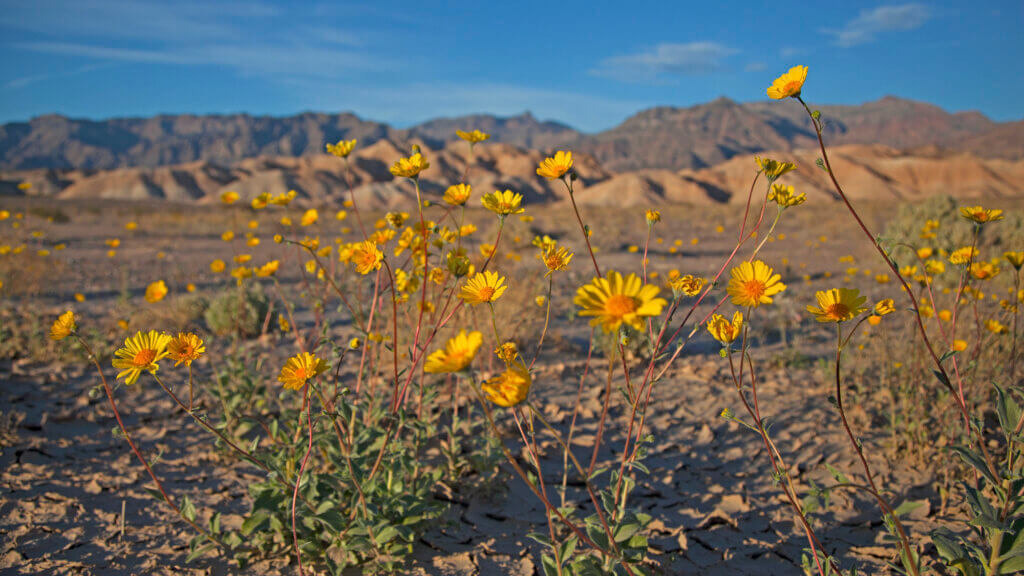
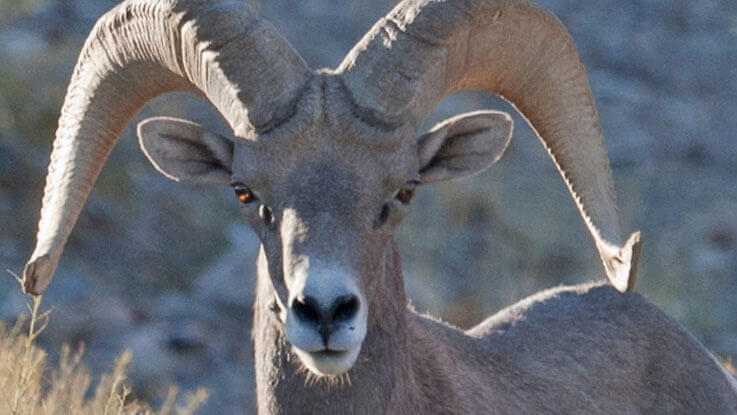
Death Valley Wildlife
Death Valley is a refuge to 400 animal species, and the key to their existence is their ability to adapt in the harsh Death Valley climate. At five feet long and three feet tall at the shoulder, the largest of these animals is the desert bighorn sheep. Thanks to a year-round freshwater spring that feeds their watering hole, Titus Canyon is one of the best places to look for these desert bighorn in Death Valley. On the other end of the animal spectrum, the kangaroo rat is one of Death Valley’s best-adapted animals, which uses its powerful hind legs to communicate through thumps and to jump as far as nine feet in a single bound. Birdwatchers can bring their binoculars to Death Valley for the many species of birds that live in and migrate through the desert—go out for a hike or visit the birdwatching platform near Furnace Creek Ranch to spot birds such as roadrunners, hummingbirds, and shrikes.
Know Before You Go: Navigating Death Valley Safely
Death Valley is a land of extremes. With elevations that range below 200 feet sea level in view of snow-capped peaks cracking 12,000 feet, you’ll often find all four seasons within Death Valley National Park, no matter what time of year you visit. When visiting Death Valley, remember to bring water, water, and more water, packing more than you think you’ll need, as heat-related injury and illness is a real possibility—and scientists predict the heat will only get more intense over time.
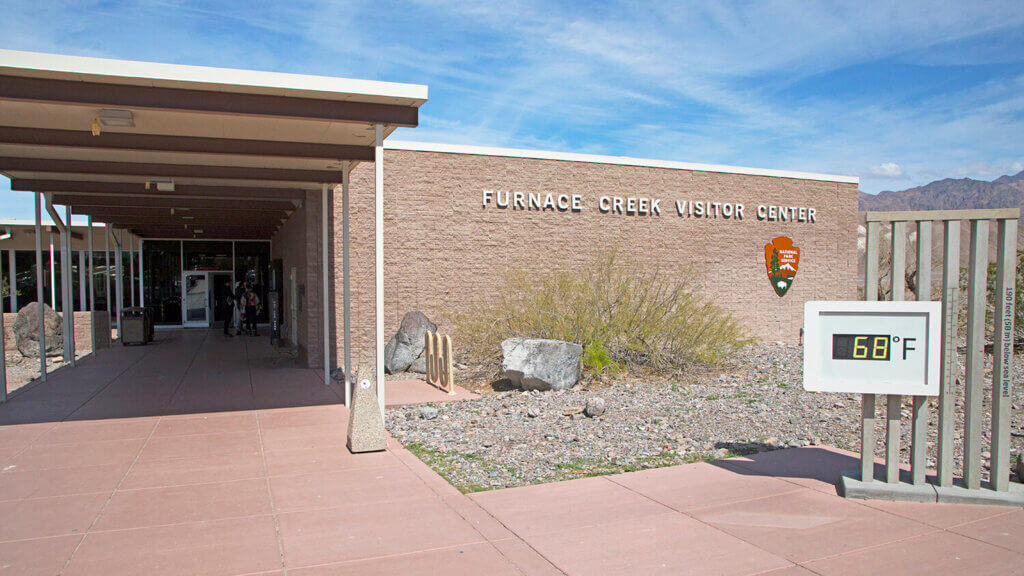
Travel Nevada Pro Tip
Let someone know where you’re headed and when you plan to return, and be sure your vehicle is in good working condition, prepared to endure extreme heat, and topped off with gas, and that you’ve got all kinds of extra food and layers of clothing in tow. The only places within park boundaries that offer amenities like water and fuel are found at Furnace Creek, Stovepipe Wells, and Panamint Springs Resort. Don’t count on your cell phone to bail you out of a jam! Coverage within the park is minimal to non-existent, so be sure you plan ahead and stock up on supplies in nearby Beatty, Amargosa Valley, and Pahrump.
Hours:
The Furnace Creek Visitor Center & Museum is open daily from 8:00 AM to 5:00 PM, and most attractions within the park boundaries are open from sunrise to sunset each day. For more information on accessing Furnace Creek and planning your visit, get in touch with the park directly at (760) 786-3200.
Admission:
Admission to Death Valley National Park costs $15 per person, or $30 per vehicle, and is valid for seven days. Motorcycle entrance fees are $25 per bike, and annual Death Valley passes are also available for purchase for $55, valid for one year.
